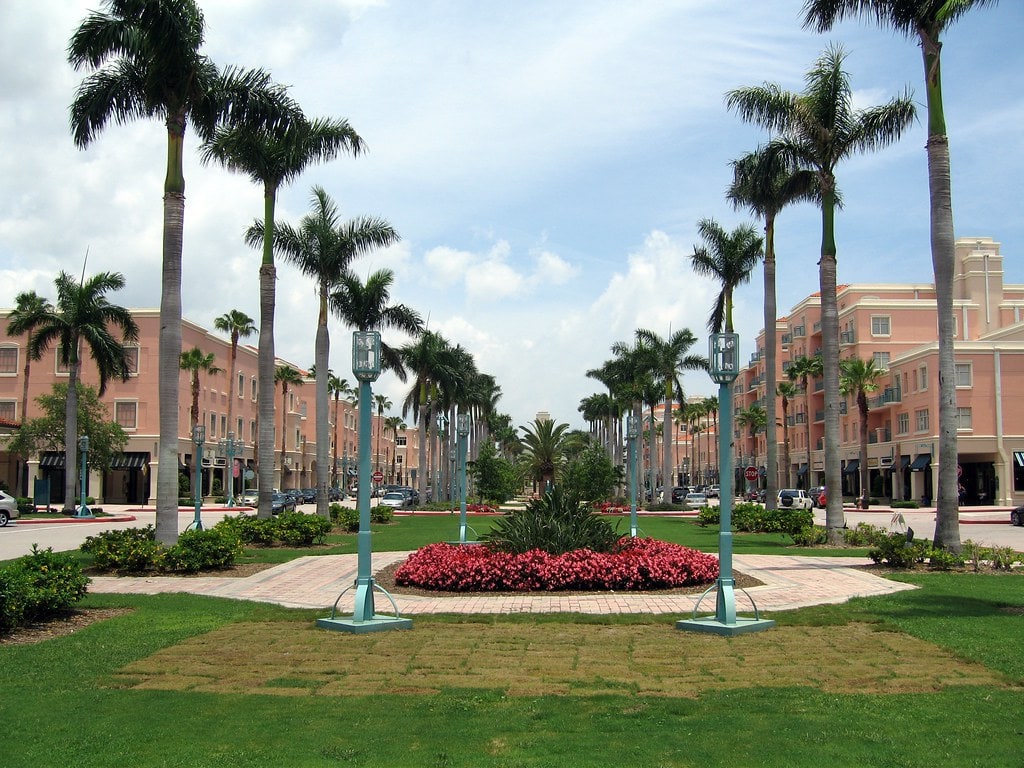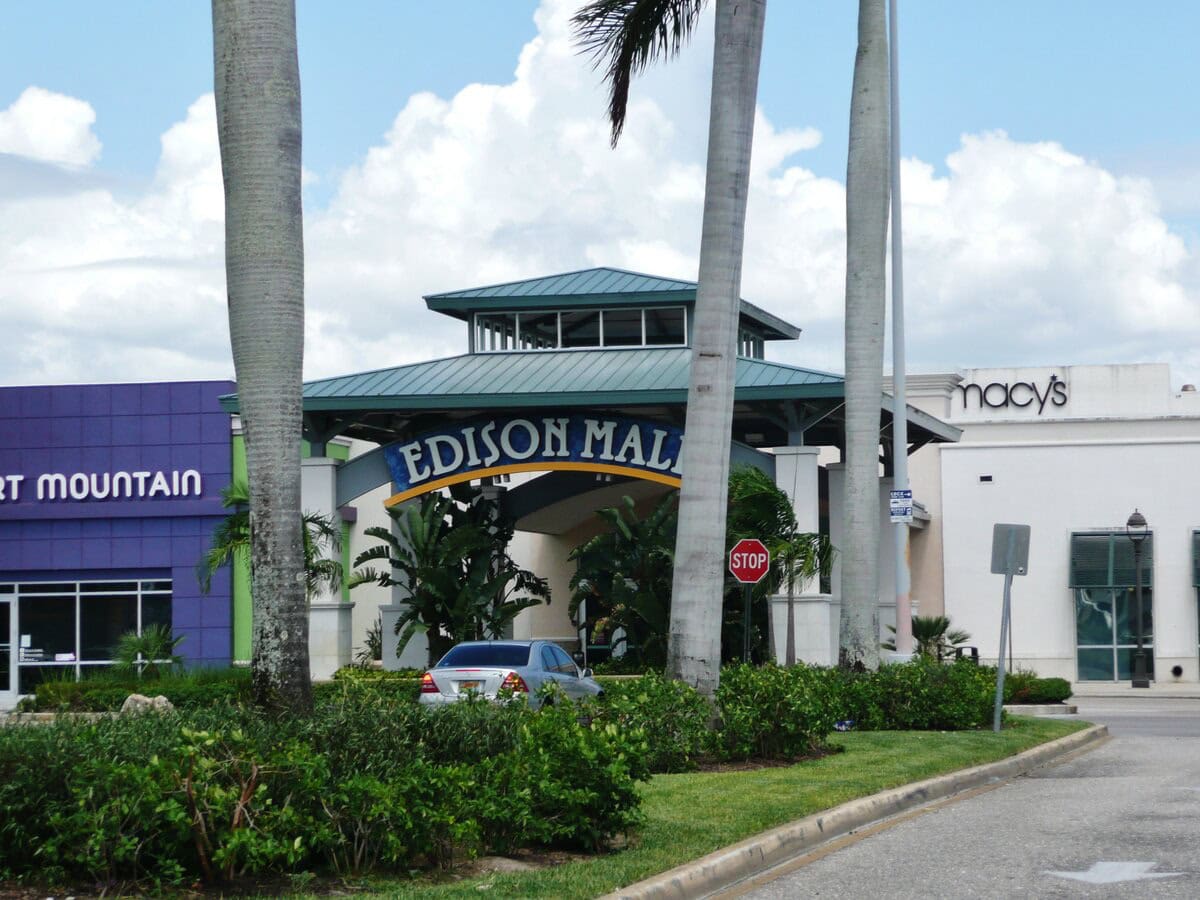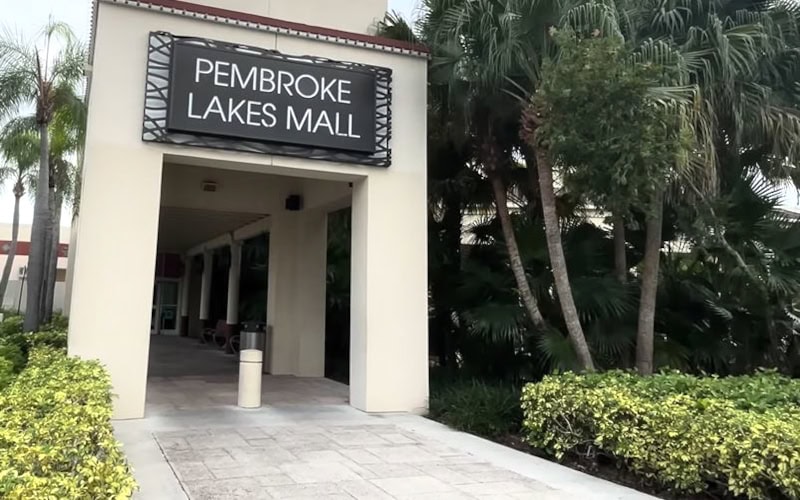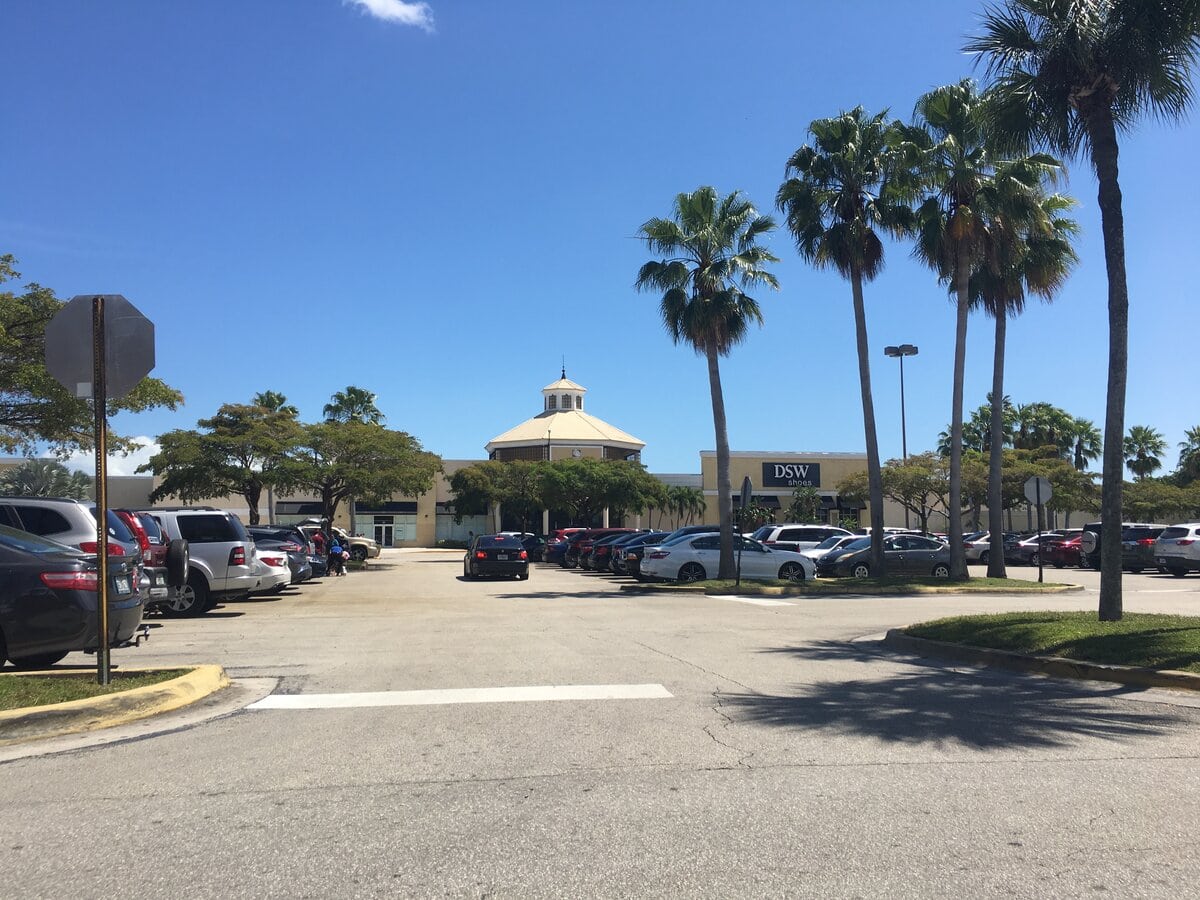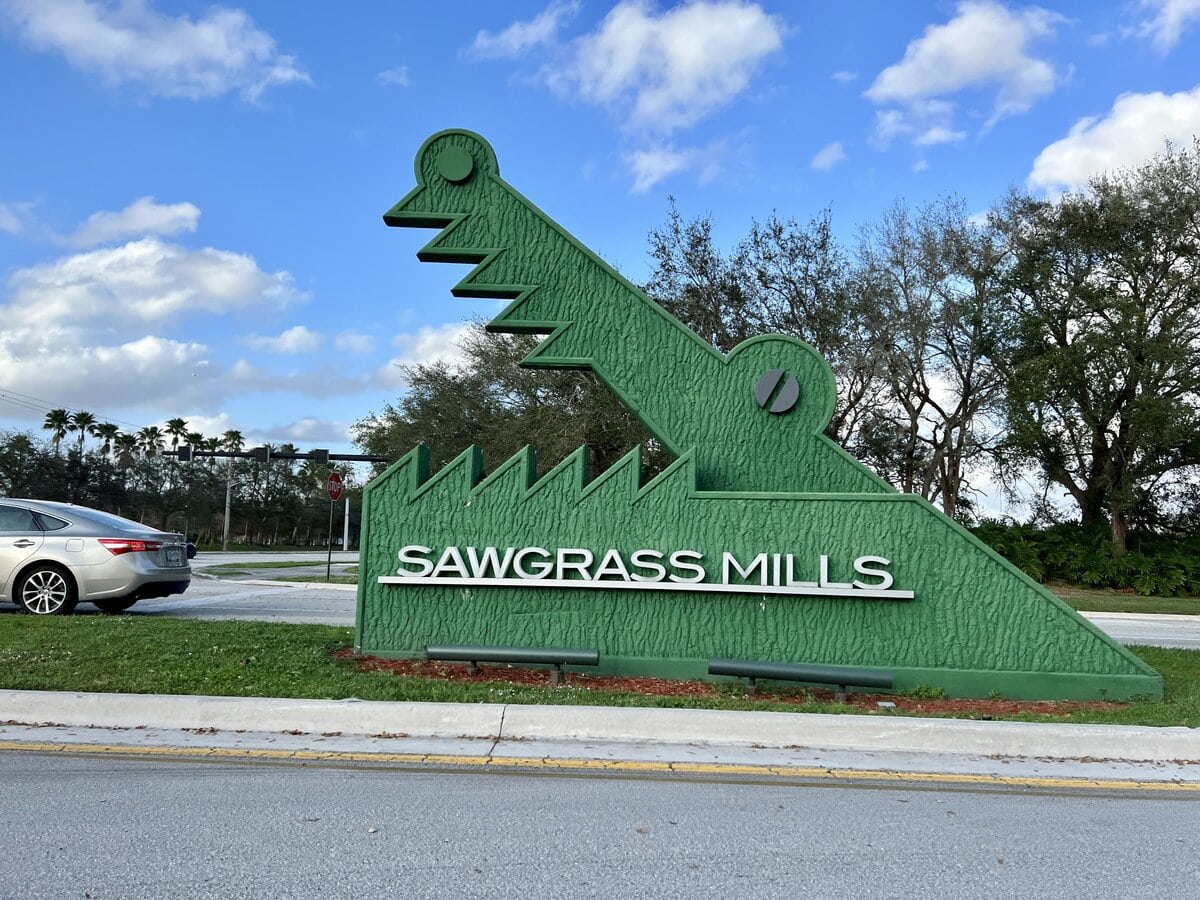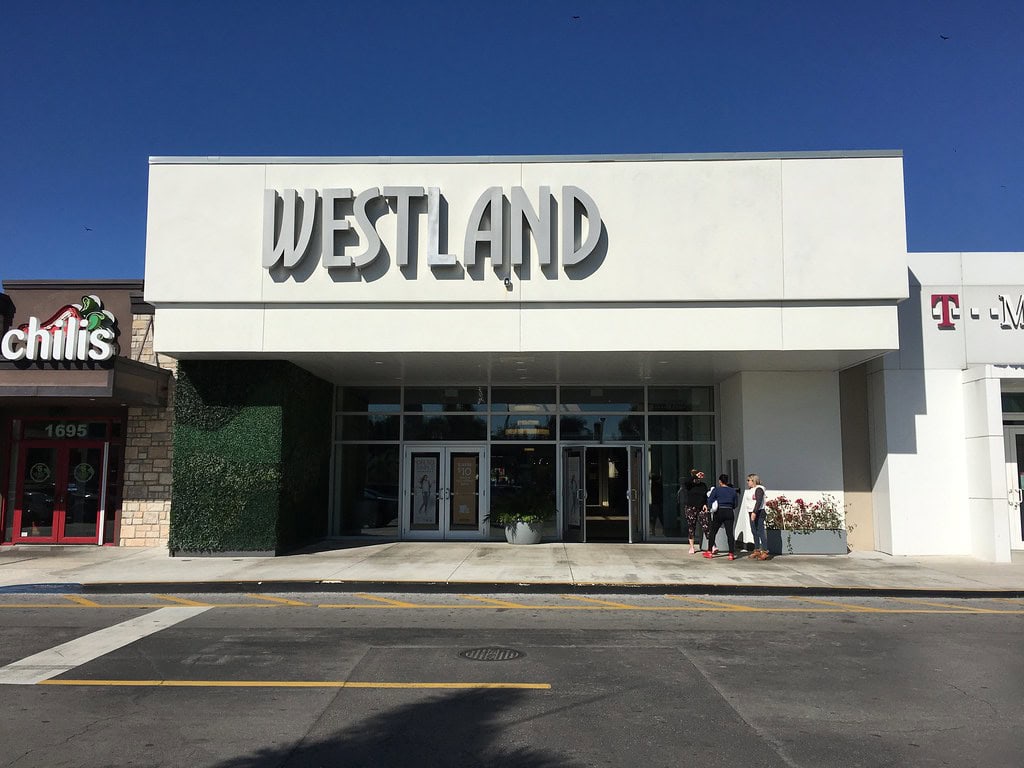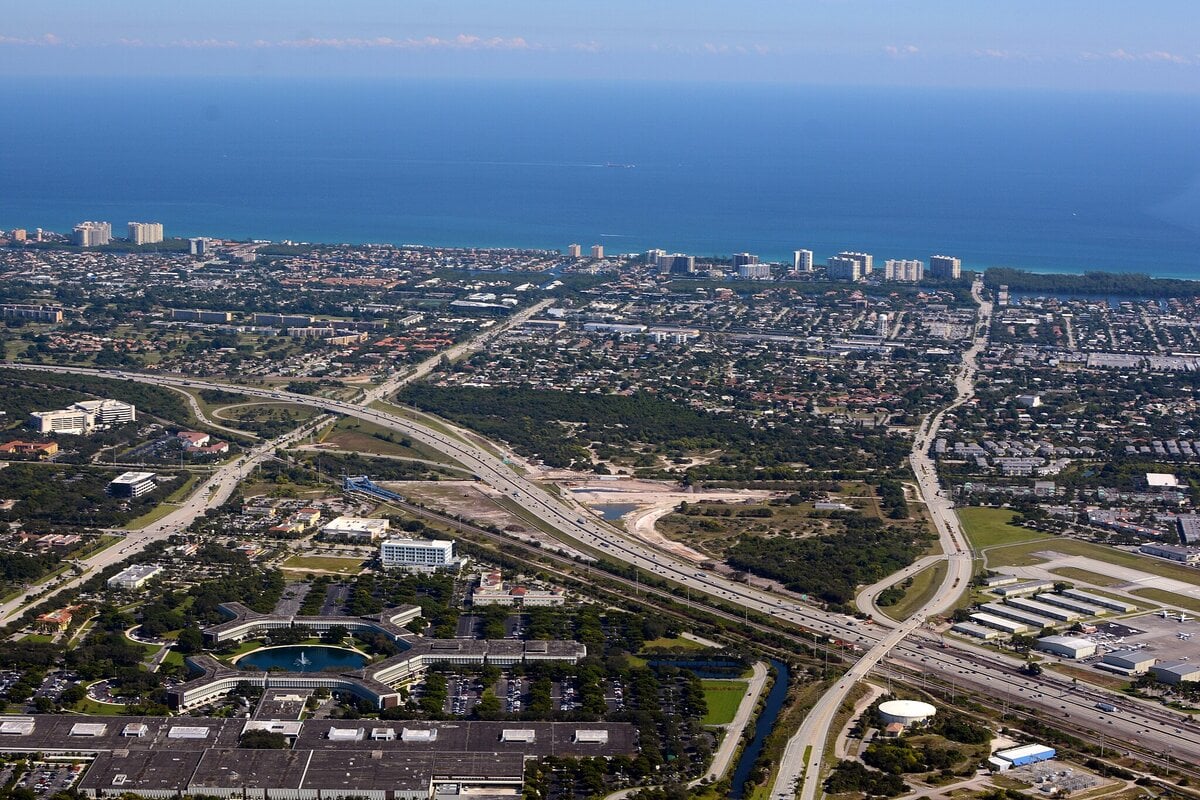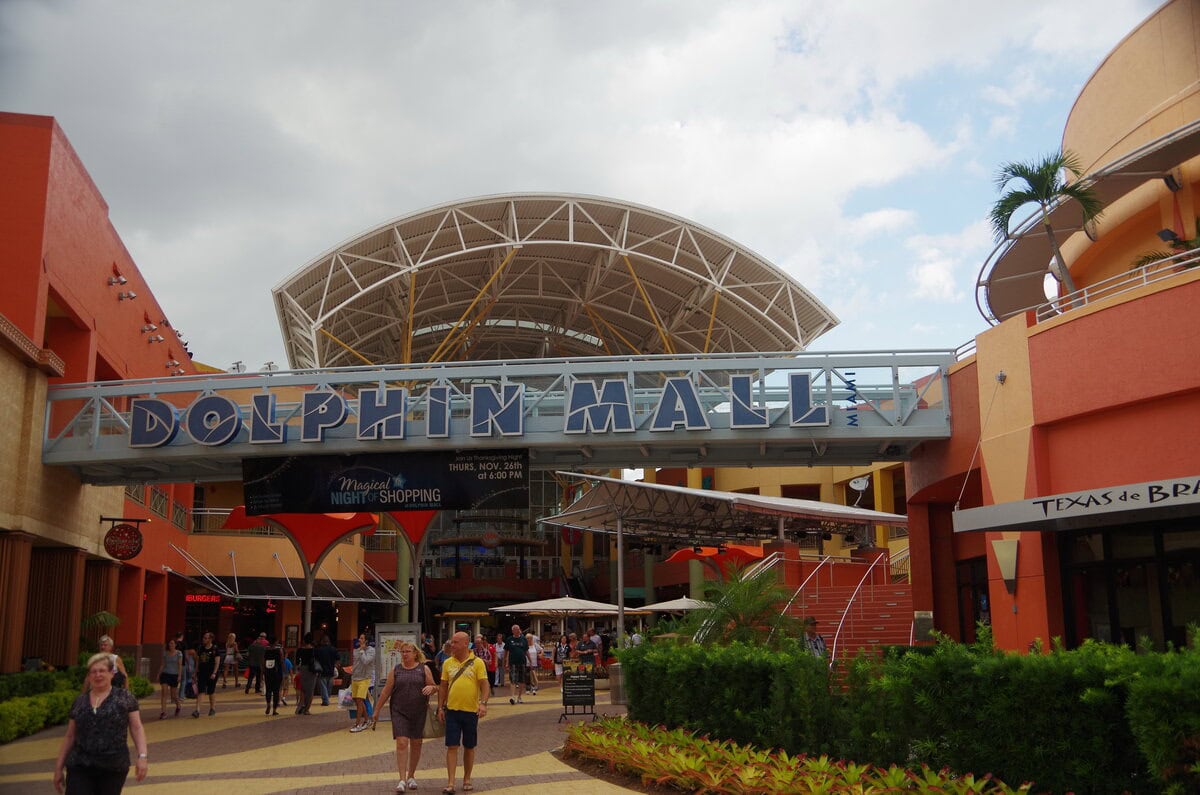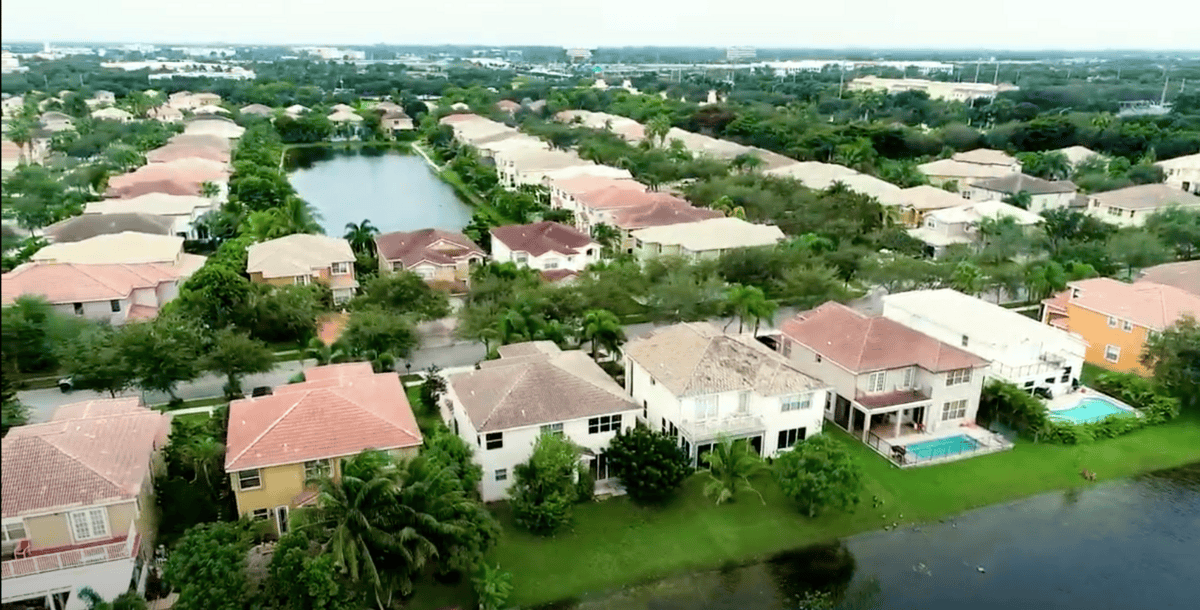Miramar was founded in 1955 as a straightforward answer to rising home prices in Miami-Dade County.
The original development, led by the A.L. Mailman Foundation, offered 56 houses, just affordable lots for families willing to make the daily drive to jobs farther east.
Since then, the city has continued to grow steadily. Census data show that Miramar's population has more than tripled since 1990, ranking it among the largest cities in Broward County.
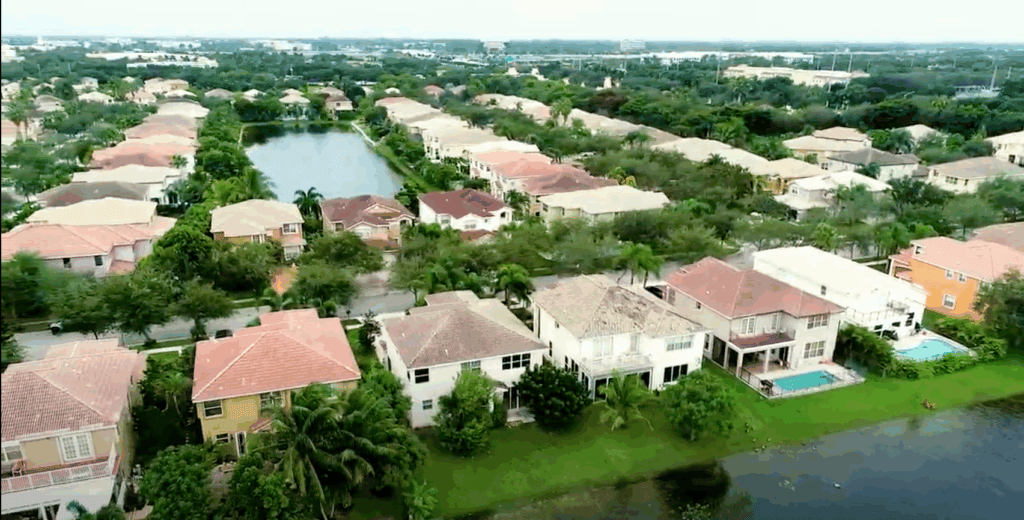
You can see the results in the city's public projects: a civic center, an arts complex, and more than 40 parks.
Most of those investments followed shifts in who lived here, as immigration from Jamaica, Haiti, and other parts of the Caribbean added new energy and changed what city services looked like.
What's changed on the ground is easy to spot: business parks, schools with magnet programs, preserved pine lands, each detail reflecting a practical response to steady growth.
The facts that follow make those changes concrete.
Miramar was founded as a planned suburb for Miami.
The name Miramar is Spanish for "View of the Sea." Developer A. L. Mailman established the city in 1955 with the vision of creating a suburban enclave for Miami's working population.
Initially, the community consisted of 56 houses, each costing less than $10,000, and was designed to provide affordable homes for families.
When it started, it was a quiet, planned neighborhood with only homes, a single church, and a volunteer fire station, and there were no businesses.
The city's Town Center includes an 800-seat cultural arts theater.
Since 2003, Miramar's Town Center has been built in phases. City leaders wanted Miramar to be more than just a place for houses.
The city has invested considerable effort in building cultural facilities. The Town Center has government offices, a public library, and an amphitheater.
It has an 800-seat theater for concerts, plays, and community events. The theater also attracts people from other parts of Broward County.
It's one of the most diverse cities in Florida.
Miramar is one of the most ethnically and culturally mixed cities in Florida.
Census data shows that more than 40% of residents are Black or African American.
Many people have Caribbean backgrounds, including those from Jamaica, Haiti, and Trinidad and Tobago.
Many people speak Spanish and Creole. The city holds events such as the Afro-Carib Festival, showing its mix of cultures and immigrant groups.
The city's parks system spans over 300 acres.
Miramar has more than 40 parks. Some of the largest are Miramar Regional Park and Snake Warrior's Island Natural Area.
The parks include athletic fields, pools, and nature preserves.
The city has built numerous parks to provide families with places to play and spend time outdoors, as its population continues to grow.
Miramar was once home to an NFL training facility.
From 1993 to 2016, the Miami Dolphins held training at Nova Southeastern University, located near Miramar.
They used practice facilities and nearby hotels within the city.
Although the franchise has since relocated its operations to Miami Gardens, the presence of the Dolphins has contributed to local visibility and brought national sports media to the Miramar area.
Several players and coaches maintained residences in the area during that time.
The city has one of the largest Haitian-American populations in the U.S.
Miramar is a major center for the Haitian-American diaspora, ranking among the top cities nationwide for Haitian population.
Haitian-Americans have influenced the city's culture, food, and politics. There are many Haitian-owned businesses and services in Creole.
Haitian-American voters in Miramar are frequently engaged in the electoral process, and the city has hosted numerous Haitian cultural and advocacy events.
The city's public schools include award-winning magnet programs.
Miramar's public schools are part of Broward County.
There are magnet programs such as Biomedical Sciences at Everglades High School and the International Baccalaureate program at Miramar High School.
These offerings attract students from beyond city limits and are designed to prepare students for STEM careers and global competitiveness.
Families have moved to Miramar in part because of its schools.
Miramar's name was inspired by a Cuban suburb.
The name "Miramar" was chosen by founder A.L. Mailman, who named the city after a seaside district in Havana, Cuba, where he had vacationed.
Although Miramar, Florida, is not located on the coast, its name means "sea view." During that time, many Florida towns chose names from other places to draw new residents.
The name also connects the city to Caribbean and Latin American cultures.
The city hosts the annual Miramar Latin Music Festival, celebrating South Florida's multicultural identity.
Each year, the City of Miramar organizes the Miramar Latin Music Festival at the Miramar Regional Park Amphitheater.
The event features nationally recognized performers, local food vendors, and cultural exhibitions.
It draws visitors from across the region and highlights the city's commitment to embracing and promoting its diverse population.
The Miramar Park of Commerce is the largest locally owned and managed business park in South Florida.
Established in 1984, the Miramar Park of Commerce spans over 5 million square feet and houses more than 10,000 employees across 170 companies.
Tenants include major logistics, healthcare, and tech firms, making it a critical engine for the city's economy.
Its size and scope have attracted both national corporations and local startups, providing significant employment opportunities for residents.
The city hosts an annual Caribbean-American Heritage Celebration.
Every June, Miramar celebrates Caribbean-American Heritage Month with a festival that attracts thousands of people.
The event features live music, dance performances, art exhibits, and food vendors representing various island nations.
The festival recognizes the Caribbean heritage shared by many residents. It brings people together from Miramar and the rest of South Florida.
A prehistoric settlement site lies within city limits.
Snake Warrior's Island Natural Area in western Miramar protects a prehistoric site where the Tequesta people once lived.
The island was later used by Seminole warriors during the 19th-century wars with the U.S. government.
The park features wetlands, walking trails, and informative signs that provide an explanation of its history.
The park is one of the few places in the area where visitors can learn about people who lived here long before modern suburbs were built.
Miramar's population has more than tripled since 1990.
In 1990, Miramar had a population of just over 40,000 people. By 2020, the population had exceeded 135,000.
Due to this growth, Miramar is now one of the largest cities in Broward County.
The city has built more roads, public buildings, and housing to keep up with the influx of people moving in, a trend also seen in other South Florida suburbs.
It was one of the first cities in South Florida to implement green building standards.
The City of Miramar has prioritized environmentally responsible municipal construction, with the Public Safety Complex earning LEED Gold certification in 2016 and the Municipal Police Headquarters also achieving LEED Gold in 2021.
These certifications, awarded by the U.S. Green Building Council, recognize leadership in energy efficiency, water conservation, and sustainable site design.
Miramar is the site of several major film and TV shoots.
Some film and TV projects have been shot in Miramar due to its neighborhoods, city buildings, and proximity to Miami.
Projects include commercials, independent films, and reality TV segments.
Even though it is not a major film center, Miramar is a practical location for filming in South Florida.
The Miramar Cultural Center includes a formal art gallery and banquet hall.
The Miramar Cultural Center opened in 2008. It features a 5,000-square-foot art gallery and a grand ballroom used for city and private events.
The center presents rotating exhibits, and many of these displays highlight artists from Caribbean and African-American backgrounds.
The gallery and theater at the center are used frequently. As a result, it is one of the most active municipal arts venues in Broward County.
The city serves as a corporate hub for major healthcare and aerospace companies.
Miramar is home to regional or national offices for companies such as Spirit Airlines, Humana, and the aviation giant United Aerospace.
Its location between Miami and Fort Lauderdale, as well as its proximity to major highways and airports, has made it an attractive destination for logistics and healthcare companies.
Having these companies helps build a strong local economy. It creates many jobs, so Miramar is not just a bedroom community.
Miramar is home to the Miramar Pineland Park, a rare pine flatwoods ecosystem.
Miramar Pineland Park preserves a 157-acre patch of pine flatwoods. This type of South Florida ecosystem once covered large parts of the region.
The park features walking trails, educational signs, and a nature center that provides visitors with an opportunity to learn about the local plants and animals.
As one of the few remaining examples of pine flatwoods in Broward County, it plays a key role in environmental education and conservation.
The city's population includes a large and active Jamaican-American community.
Miramar is one of the top cities in the U.S. by percentage of residents with Jamaican ancestry.
The presence of the Jamaican-American community is evident in the city's politics, cuisine, and public events, such as Jamaican Independence Day celebrations held annually in city parks.
Jamaican-Americans also influence local businesses, music, and education, all of which contribute to Miramar's Caribbean-American character in South Florida.
The Ansin Sports Complex in Miramar has hosted national and international track and field competitions.
The Ansin Sports Complex, opened in 2008, features a certified, Olympic-caliber track and field facility capable of accommodating major athletic events.
It has hosted competitions such as the USA Track & Field National Junior Olympics and international meets sanctioned by the International Association of Athletics Federations (IAAF).
The facility supports year-round community programming as well as elite training.

